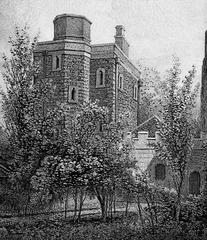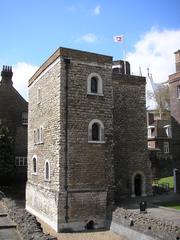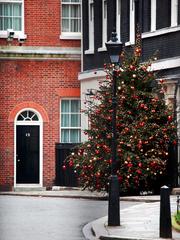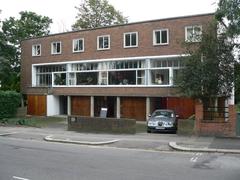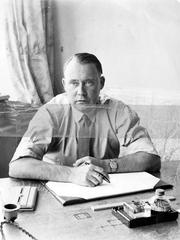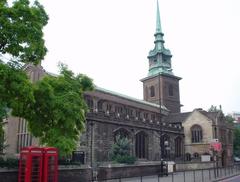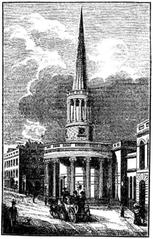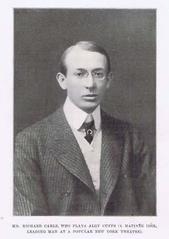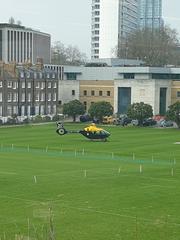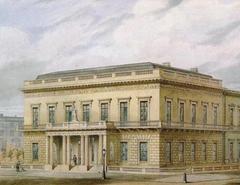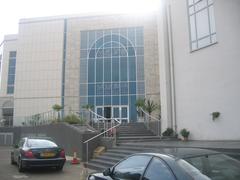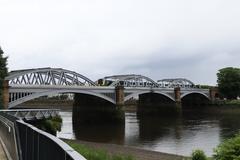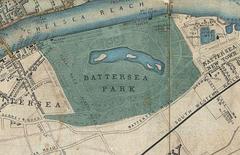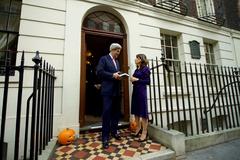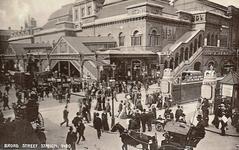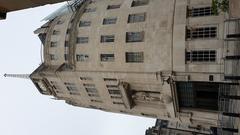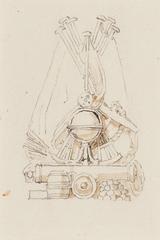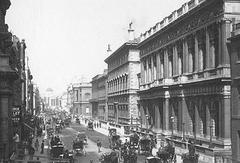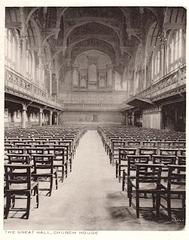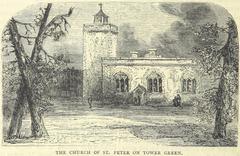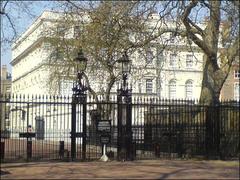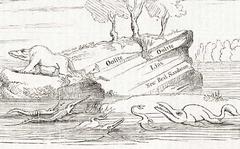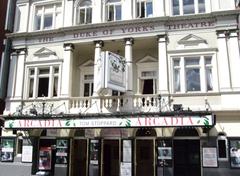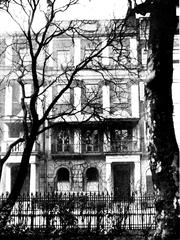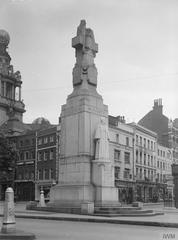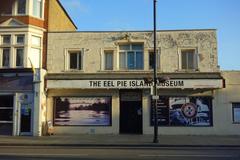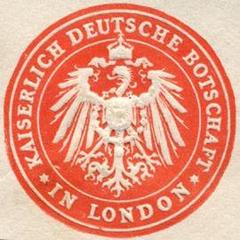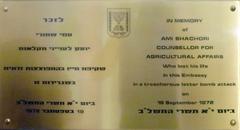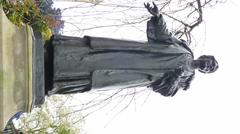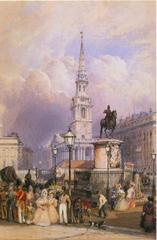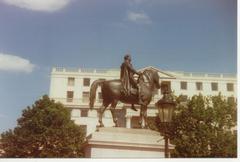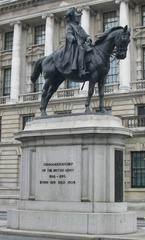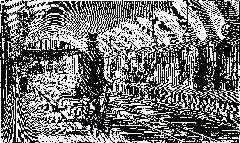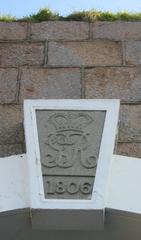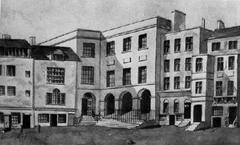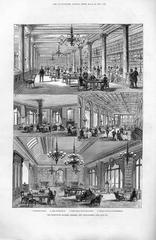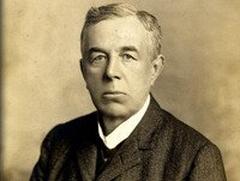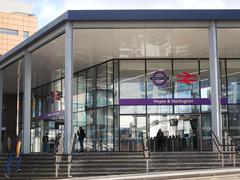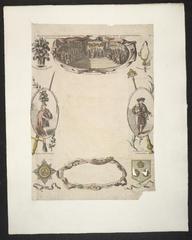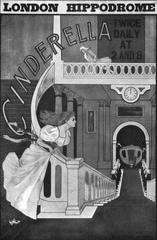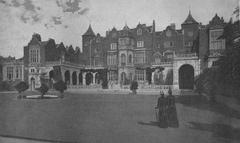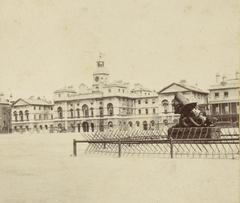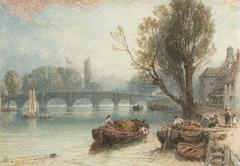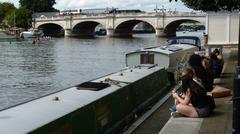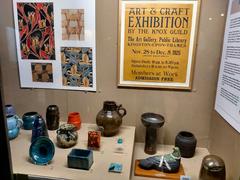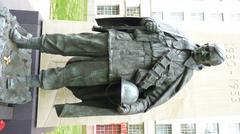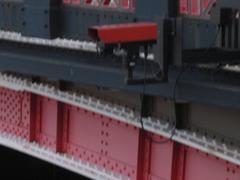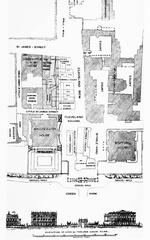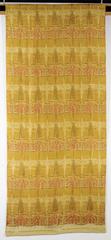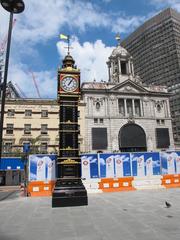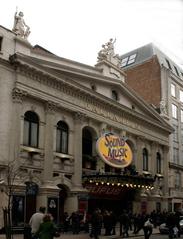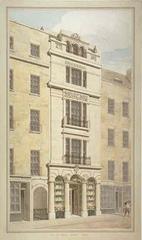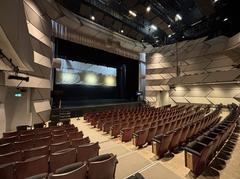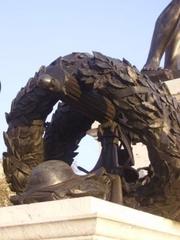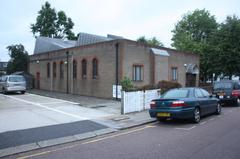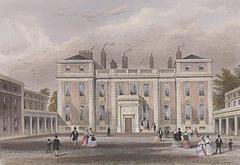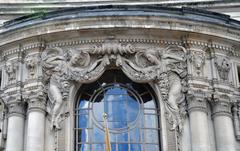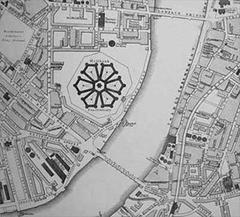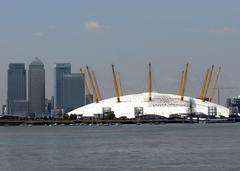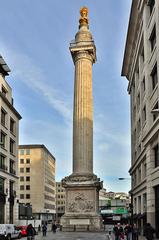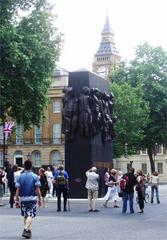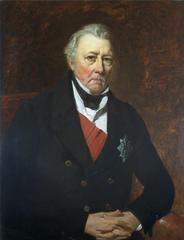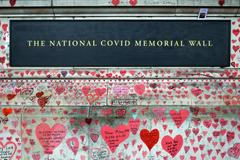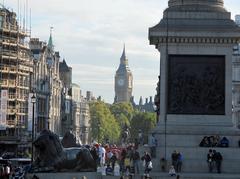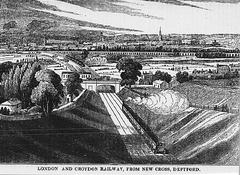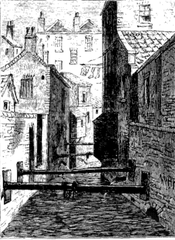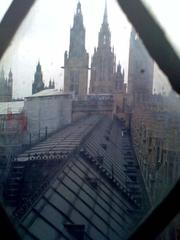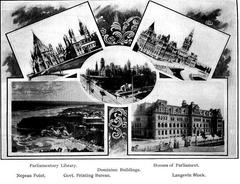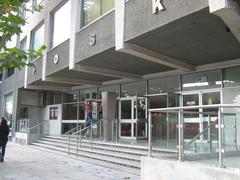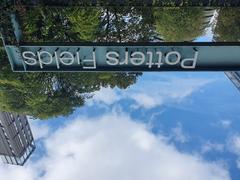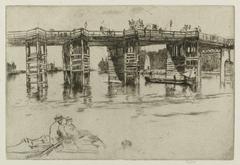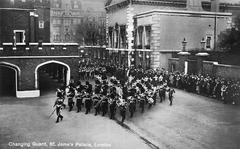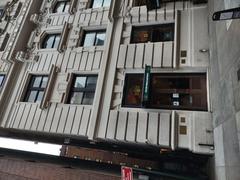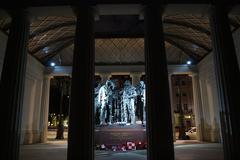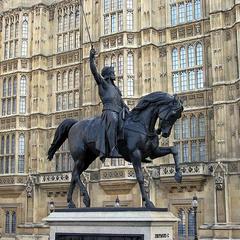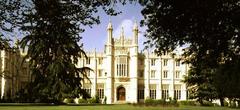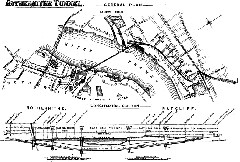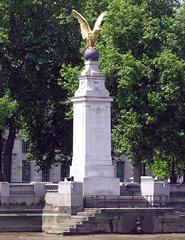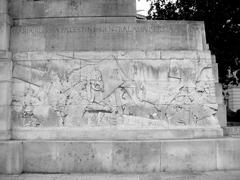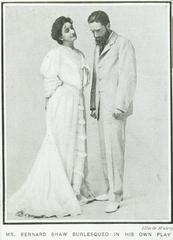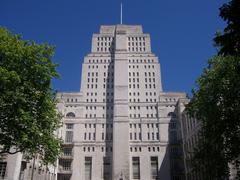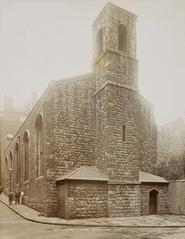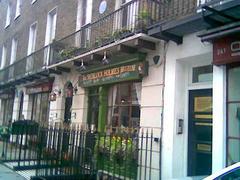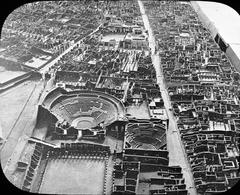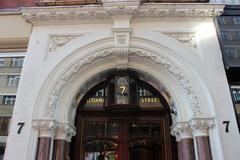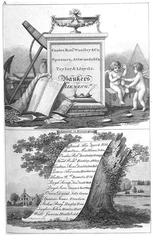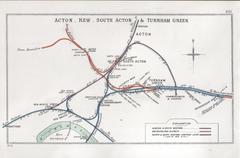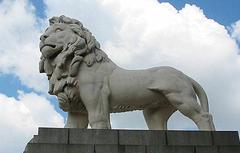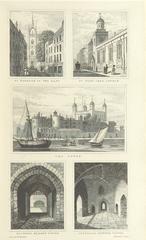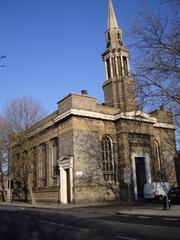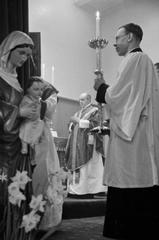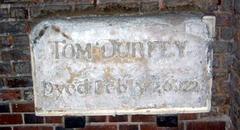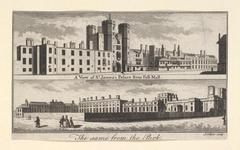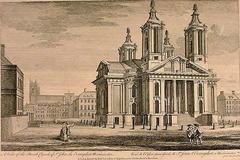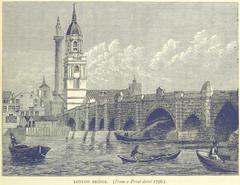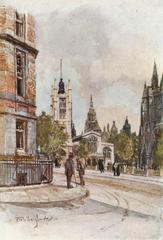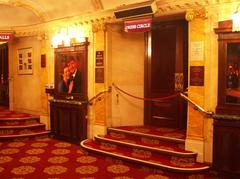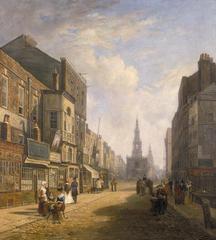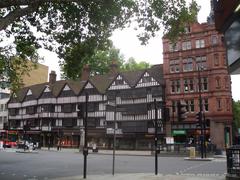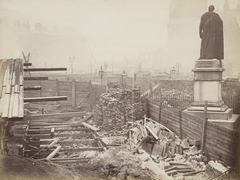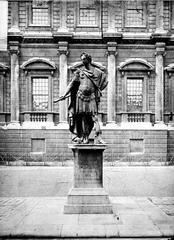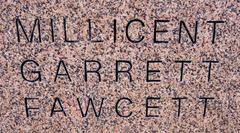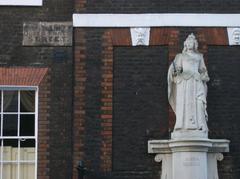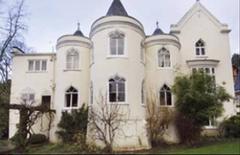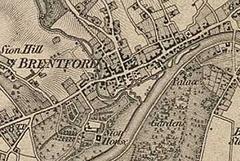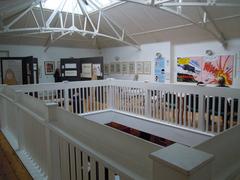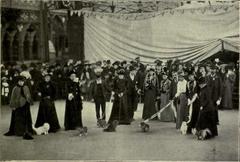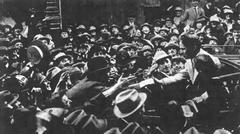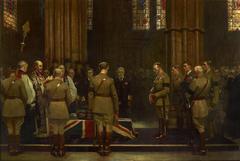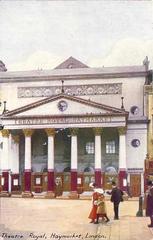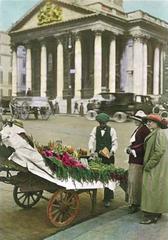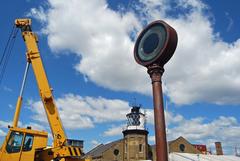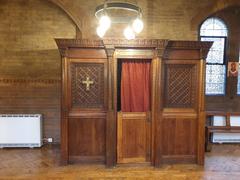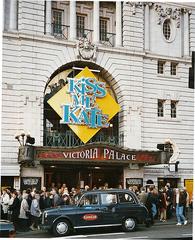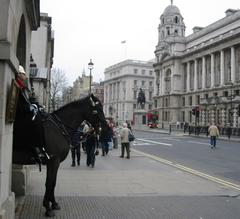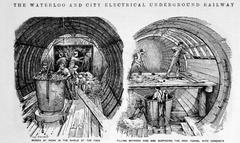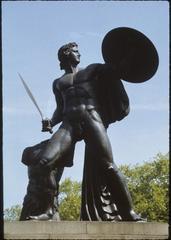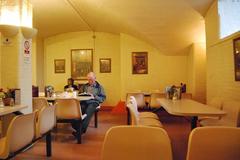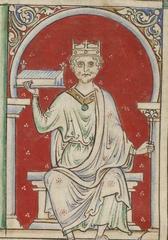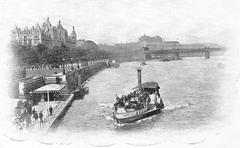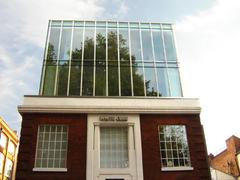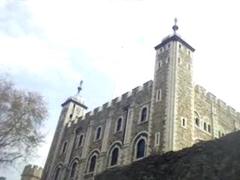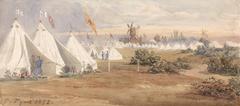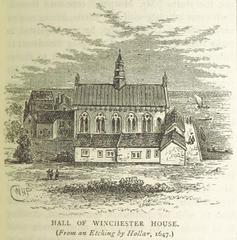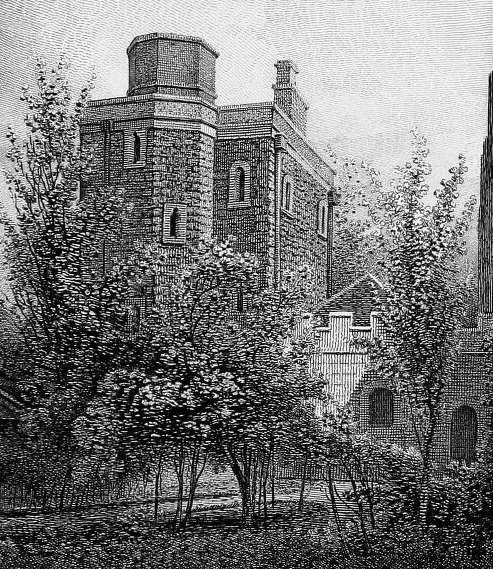
Visiting Hours and Tickets for Jewel Tower, London
Date: 23/07/2024
Introduction
Nestled in the heart of Westminster, London, the Jewel Tower stands as a remarkable relic of medieval architecture and a testament to England’s rich historical tapestry. Constructed between 1365 and 1366, the Jewel Tower was originally built to house the personal treasures of King Edward III, making it an essential part of the medieval Palace of Westminster complex (Historic England). Designed by the prominent medieval architect Henry Yevele, who also contributed to the architectural marvels of Westminster Abbey and the Tower of London, the Jewel Tower is a three-storey building made from Kentish ragstone, showcasing the Gothic architectural style with its pointed arches and intricate stonework (English Heritage).
Over the centuries, the Jewel Tower has witnessed significant political and social upheavals, from the English Civil War to the Blitz of World War II. Its robust construction and strategic location within the Palace of Westminster complex underscored its importance, initially serving as a secure repository for royal treasures and later transitioning to a storage facility for parliamentary records by the 16th century (Parliament UK). In the 19th century, the Jewel Tower underwent renovations to accommodate the administrative needs of the growing government, further solidifying its role in England’s political evolution (Survey of London).
Today, the Jewel Tower is managed by English Heritage, offering visitors a unique glimpse into England’s past through its well-preserved medieval features, historical exhibits, and special events. This comprehensive guide aims to provide essential information for anyone planning to visit the Jewel Tower, including its historical significance, visiting hours, ticket prices, travel tips, and nearby attractions.
Table of Contents
- Introduction
- Discover the Jewel Tower
- Conclusion
- FAQ
- Stay Up to Date
Discover the Jewel Tower - Visiting Hours, Tickets, and Historical Significance in London
Introduction
Nestled in the heart of Westminster, London, the Jewel Tower is a gem of medieval architecture and a must-visit historical site. This guide will provide you with all the essential information, from its rich history to practical details like visiting hours and ticket prices. Whether you’re a history buff or a casual tourist, the Jewel Tower offers a fascinating glimpse into England’s past.
History of the Jewel Tower
Origins and Construction
The Jewel Tower, located in Westminster, London, is a remarkable relic of medieval England. Constructed between 1365 and 1366, the tower was originally built to house the personal treasures of King Edward III. The architect responsible for its design was Henry Yevele, a prominent figure in medieval architecture, who also worked on other significant structures such as Westminster Abbey and the Tower of London (Historic England).
Architectural Features
The Jewel Tower is a three-storey building made from Kentish ragstone, a durable and aesthetically pleasing material. Its robust construction includes thick walls, narrow windows, and a moat that once surrounded it, providing both security and a measure of grandeur. The tower’s design reflects the Gothic architectural style prevalent during the period, characterized by pointed arches and intricate stonework (English Heritage).
Role in the Medieval Period
Initially, the Jewel Tower served as the repository for the royal treasures, including gold, silver, and precious jewels. This function was crucial, as it provided a secure location for the monarch’s wealth, away from the main palace, which was more susceptible to fire and theft. The tower’s strategic location within the Palace of Westminster complex also underscored its importance (Parliament UK).
Transition to Parliamentary Use
By the 16th century, the Jewel Tower’s role evolved as the political landscape of England changed. Following the Reformation and the subsequent dissolution of the monasteries, the tower’s function shifted from a royal treasury to a storage facility for parliamentary records. This transition marked the beginning of its association with the administrative functions of the state (British History Online).
The Jewel Tower in the 17th and 18th Centuries
During the 17th century, the Jewel Tower continued to serve as a repository for important documents, including acts of Parliament and other legislative records. This period saw significant political upheaval, including the English Civil War and the Glorious Revolution, which underscored the need for secure storage of governmental records. The tower’s robust construction and secure location made it an ideal choice for this purpose (National Archives).
19th Century Renovations
The 19th century brought about significant changes to the Jewel Tower. As the administrative needs of the government grew, the tower underwent renovations to accommodate its evolving role. In 1826, the Office of Works undertook a major restoration project to preserve the tower’s structural integrity and historical features. This project included the installation of new windows, the repair of stonework, and the reinforcement of the tower’s foundations (Survey of London).
Modern Era and Preservation
In the 20th century, the Jewel Tower’s historical significance was recognized, leading to efforts to preserve and protect it for future generations. In 1900, the tower was designated as a scheduled monument, ensuring its protection under British law. Subsequent conservation efforts have focused on maintaining the tower’s structural integrity and historical authenticity, including the restoration of its medieval features and the installation of interpretive displays for visitors (Historic England).
Visitor Information
Visiting Hours and Tickets
The Jewel Tower is open to the public year-round, although opening hours can vary seasonally. Generally, the tower is open from 10:00 AM to 6:00 PM, with the last entry at 5:30 PM. It is advisable to check the English Heritage website for the most up-to-date information on opening hours and any planned closures.
Tickets can be purchased on-site or online, with various options available, including family tickets and discounts for members of English Heritage. Adult tickets typically cost around £6, while children under 5 can enter for free. For the most accurate pricing, please visit the English Heritage website.
Travel Tips
The Jewel Tower is located within the Palace of Westminster complex, making it easily accessible by public transport. The nearest Underground station is Westminster, served by the Jubilee, Circle, and District lines. Several bus routes also stop nearby, and there are parking facilities in the vicinity, although spaces can be limited.
Nearby Attractions
While visiting the Jewel Tower, you can explore other nearby historical sites, including the Houses of Parliament, Westminster Abbey, and the Churchill War Rooms. These attractions offer a comprehensive cultural experience, giving you a deeper understanding of London’s rich history.
Accessibility
The Jewel Tower is committed to providing access to all visitors. While the tower’s medieval architecture presents some challenges, efforts have been made to accommodate those with mobility issues. The ground floor is accessible, but the upper floors can only be reached via a staircase. It is recommended to contact the site in advance to discuss any specific accessibility needs.
Special Events and Guided Tours
The Jewel Tower hosts various special events throughout the year, including historical re-enactments, educational workshops, and seasonal activities. Guided tours are also available, providing expert insights into the tower’s history and significance. Check the English Heritage website for the latest information on upcoming events and tour schedules.
Photographic Spots
Photography enthusiasts will find plenty of opportunities to capture stunning images of the Jewel Tower. The tower’s unique medieval architecture, combined with its picturesque surroundings, makes it an ideal subject. Remember to share your photos on social media and tag English Heritage.
Conclusion
In summary, the Jewel Tower’s rich history, architectural significance, and role in England’s political evolution make it a must-visit destination for anyone interested in the country’s heritage. Its preservation and continued relevance highlight the importance of protecting historical monuments for future generations. Plan your visit today to explore this fascinating piece of England’s history.
FAQ
Q: What are the Jewel Tower’s visiting hours?
A: The Jewel Tower is generally open from 10:00 AM to 6:00 PM, with the last entry at 5:30 PM. Check the English Heritage website for up-to-date information.
Q: How much are the Jewel Tower tickets?
A: Adult tickets typically cost around £6, while children under 5 can enter for free. For the most accurate pricing, visit the English Heritage website.
Q: Is the Jewel Tower accessible for visitors with disabilities?
A: The ground floor is accessible, but the upper floors can only be reached via a staircase. Contact the site in advance to discuss specific accessibility needs.
Q: What other attractions are near the Jewel Tower?
A: Nearby attractions include the Houses of Parliament, Westminster Abbey, and the Churchill War Rooms.
Stay Up to Date
For more information and updates, download the English Heritage mobile app, check out other related posts, and follow English Heritage on social media.
Conclusion
In summary, the Jewel Tower in Westminster, London, is more than just a historical monument; it is a gateway to understanding England’s medieval past and its evolution through centuries of political and social changes. From its origins as a secure repository for King Edward III’s treasures to its later roles in parliamentary administration and the development of standardized measurements, the Jewel Tower stands as a testament to the enduring legacy of British heritage (National Archives). Its robust Gothic architecture, designed by Henry Yevele, and the meticulous preservation efforts by English Heritage ensure that this medieval gem continues to captivate and educate visitors from around the world (English Heritage).
Whether you are a history enthusiast, a casual tourist, or someone looking to explore the rich cultural tapestry of London, the Jewel Tower offers a unique and enriching experience. Its strategic location within the Palace of Westminster complex makes it easily accessible, and the nearby attractions such as Westminster Abbey, the Houses of Parliament, and the Churchill War Rooms provide a comprehensive cultural journey through England’s history. Plan your visit today to explore this fascinating piece of England’s heritage and gain a deeper appreciation for the architectural and historical significance of the Jewel Tower.
References
- Discover the Jewel Tower - Visiting Hours, Tickets, and Historical Significance in London, 2023 Historic England
- Discover the Jewel Tower - Visiting Hours, Tickets, and Historical Significance in London, 2023 English Heritage
- Discover the Jewel Tower - Visiting Hours, Tickets, and Historical Significance in London, 2023 Parliament UK
- Discover the Jewel Tower - Visiting Hours, Tickets, and Historical Significance in London, 2023 Survey of London
- Visiting the Jewel Tower - History, Tickets, and Visitor Information, 2023 National Archives
- Visiting the Jewel Tower - History, Tickets, and Visitor Information, 2023 English Heritage
- Essential Visitor Tips - Jewel Tower, London - Hours, Tickets, and More, 2023 English Heritage
